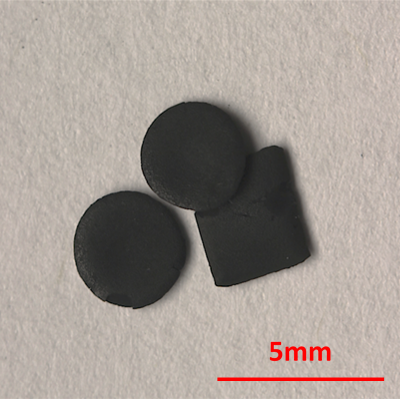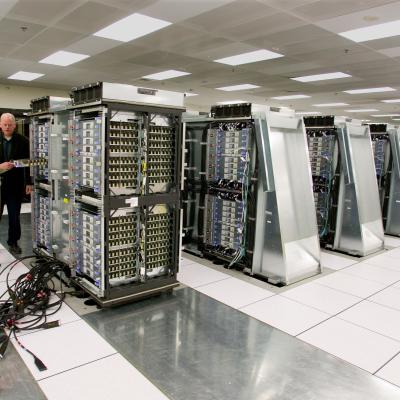LLNL’s invention is a photopolymerizable polymer resin that consists of one or more nitrile-functional based polymers. The resin is formulated for SLA based 3D printing allowing for the production of nitrile-containing polymer components that can then be thermally processed into a conductive, highly graphitic materials. The novelty of the invention lies in (1) the photo-curable nitrile-…
Keywords
- Show all (62)
- Synthesis and Processing (17)
- Materials for Energy Products (6)
- Data Science (5)
- Additive Manufacturing (4)
- Cybersecurity (4)
- Material Design (4)
- Imaging Systems (3)
- Analysis (2)
- Computing (2)
- Membranes (2)
- Rare Earth Elements (REEs) (2)
- Simulation (2)
- Additively Manufactured (AM) Optics (1)
- Instrumentation (1)
- Material Characterization (1)
- Quantum Science (1)
- Structural Materials (1)
- (-) 3D Printing (2)
- (-) Information Technology (1)
- (-) Magnet Compositions (1)


LLNL researchers have developed novel advanced manufactured biomimetic 3D-TPMS (triply periodic minimal surface) membrane architectures such as a 3D gyroid membrane. The membrane is printed using LLNL's nano-porous photoresist technology. LLNL’s 3D-TPMS membranes consist of two independent but interpenetrating macropore flow channel systems that are separated by a thin nano-porous wall. 3D-…

LLNL uses the additive manufacturing technique known as Electrophoretic Deposition to shape the source particle material into a finished magnet geometry. The source particle material is dispersed in a liquid so that the particles can move freely. Electric fields in the shape of the finished product then draw the particles to the desired location to form a “green body”, much like an unfired…

LLNL has developed a new active memory data reorganization engine. In the simplest case, data can be reorganized within the memory system to present a new view of the data. The new view may be a subset or a rearrangement of the original data. As an example, an array of structures might be more efficiently accessed by a CPU as a structure of arrays. Active memory can assemble an alternative…
